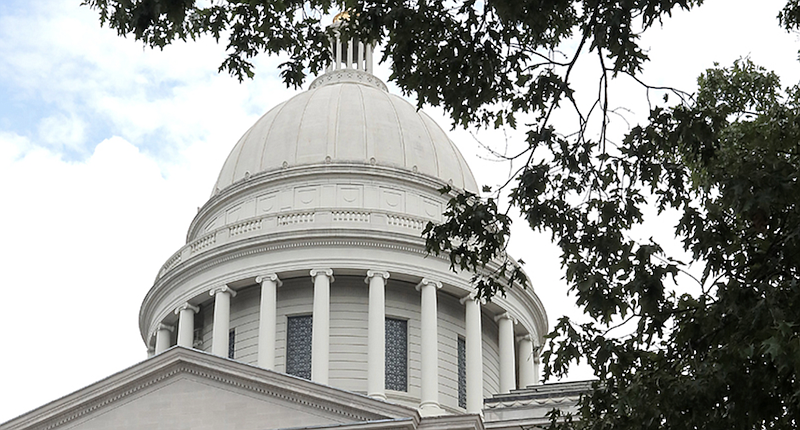BENTONVILLE -- The three most overpopulated state House districts in Arkansas are all in Benton County, according to information presented by the state board drafting new legislative boundaries.
The most overpopulated state Senate district is also in Benton County, estimates show.
The state Board of Apportionment will try to draw new legislative districts as close to equal in population as possible, staff said at a public hearing Thursday held at 6:30 p.m. at Northwest Arkansas Community College. That will mean 100 state House districts with about 30,000 residents each. The state's 35 Senate districts will have about 85,000 each.
Three House districts in Benton County grew so much since the last time boundaries were redrawn, they each have at least 38,000 people now, according to the best estimates provided Thursday. Those are Districts 90, 91 and 93. Senate District 1, also in Benton County, has an estimated population of 113,508.
District 90's House member is Rep. Kendon Underwood, R-Cave Springs. District 91's is Rep. Delia Haak, R-Centerton. District 93's is Rep. Jim Dotson, R-Bentonville. Senate District 1 is represented by Sen. Bart Hester, R-Cave Springs.
The apportionment board's job is to redraw legislative districts every 10 years, using federal census data to ensure each district has roughly the same population. The board consists of the governor, the attorney general and the secretary of state. Betty Dickey, coordinator for the Board of Apportionment and former Arkansas Supreme Court chief justice, presided over Thursday's meeting, one of a series of public hearings around the state to hear resident's requests and to answer questions.
Dustin Seaton of Fayetteville asked the board's staff at the hearing if they would make any allowance for future growth. If the lines are drawn with equal populations, he said, high-growth areas would be overpopulated and, therefore, under-represented again in a few years.
The board will not make districts in high-growth areas smaller now because equal representation after the census is required by the state constitution, replied Shelby Johnson, the state's Geographic Information Officer. "That's what our constitution says," he said.
Jon Moran of Rogers was a member of the staff for Gov. Mike Beebe during the last district boundary drawing in 2011, after the 2010 census. He said courts have allowed differences of up to 5% in population when drawing districts. Staff for the board replied that, in those cases in Arkansas, this was sometimes allowed by court order to make up for past racial discrimination by boosting representation for minorities.
Legislative district boundaries get redrawn after each U.S. census. The census takes place every 10 years. Census Bureau estimates show that Northwest Arkansas gained population while it declined in other areas of the state. So, the state's northwest will gain seats while other parts of the state lose some seats or hold steady. The 100 House districts and 35 Senate districts are redrawn with the goal of equal population in each.
Drawing district boundaries requires detailed census data and maps showing where people live. The difficulties of census-taking during the pandemic, along with court battles over attempts to include citizenship status on census questions held up the tally for months. The U.S. Census Bureau announced earlier Thursday that redistricting number would become available to states on Thursday of next week.
"We are six months behind schedule because of the delay in the census," Dickey told the audience of at least 30 people who attended Thursday's hearing.

